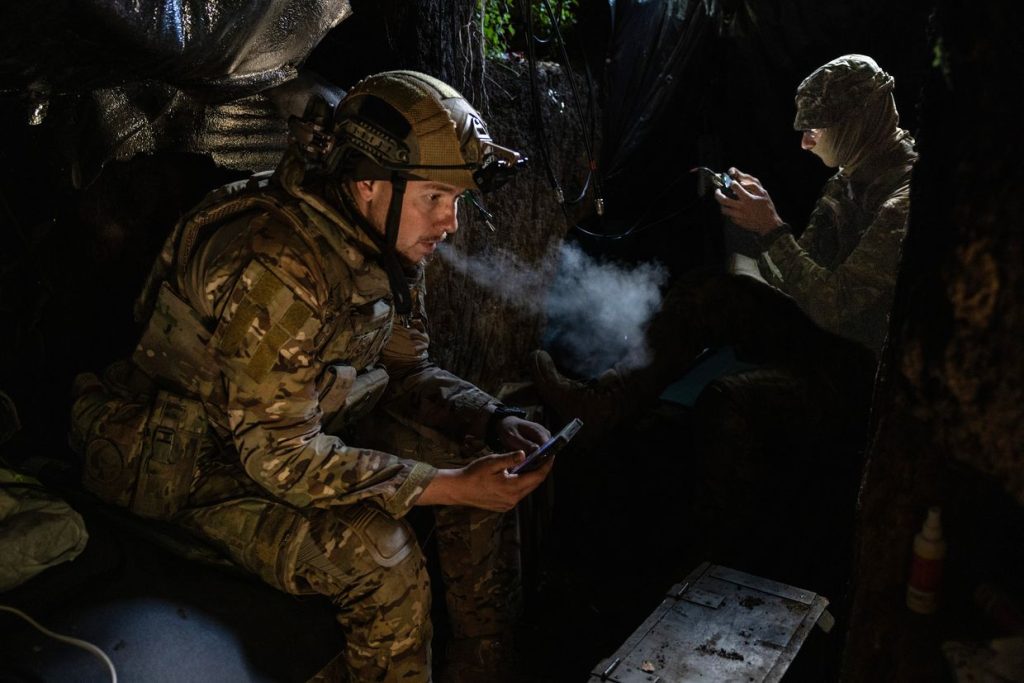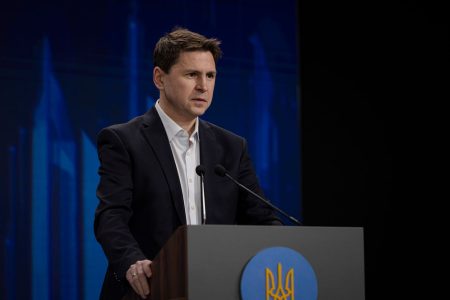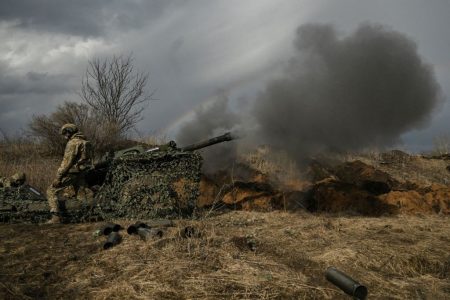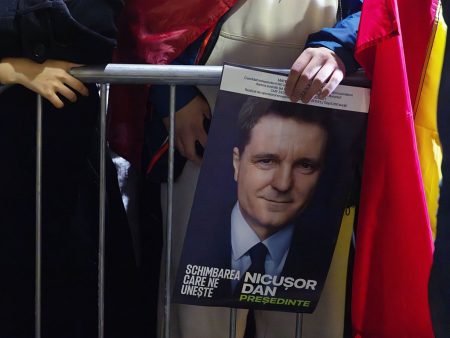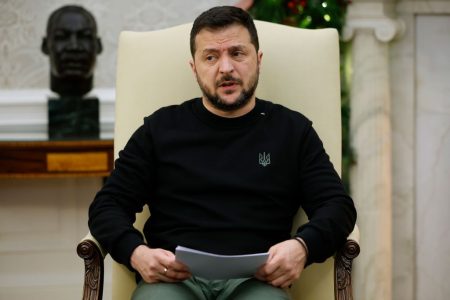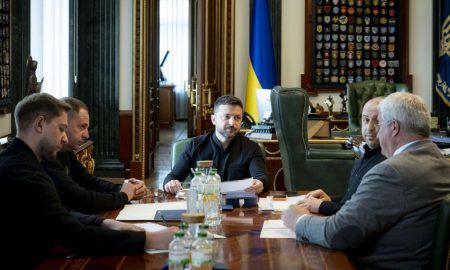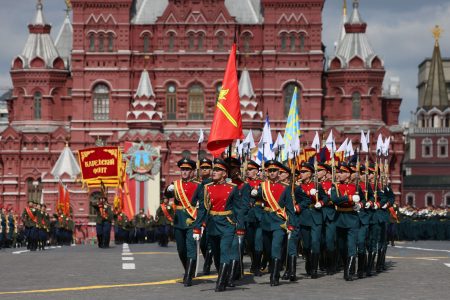Since the full-scale invasion of Ukraine by Russia on February 24, 2022, the General Staff of Ukraine’s Armed Forces reported that Russia has lost 439,190 troops. This number includes 1,030 casualties suffered by Russian forces in just one day. Additionally, Russia has lost significant military equipment, including 6,904 tanks, 13,216 armored fighting vehicles, 14,539 vehicles, 10,931 artillery systems, 1,019 multiple launch rocket systems, 728 air defense systems, 347 airplanes, 325 helicopters, 2,015 cruise missiles, 8,578 drones, 1,794 special equipment units, 26 ships and boats, and one submarine. Furthermore, the UN stated that at least 32 Ukrainian prisoners of war have been executed in Russian captivity during the winter, adding to the atrocities committed in the conflict.
One key development on March 26 was the targeting of a Russian landing ship, Konstantin Olshansky, with a Neptune missile by Ukraine. This act demonstrates the ongoing military conflict between the two countries. Additionally, Ukraine dismissed Security Council secretary Danilov, indicating internal shifts in leadership and decision-making within the country. A Polish official mentioned that NATO is considering shooting down Russian planes over Poland, underlining the complex and escalating nature of the conflict. These developments highlight the worsening situation in Ukraine and the continued struggle against Russian aggression in the region.
The loss of troops and military equipment on the Russian side underscores the intensity and scale of the conflict in Ukraine. The significant number of casualties and the destruction of equipment reveal the high cost of the invasion for Russia. The execution of Ukrainian POWs in Russian captivity adds a layer of brutality to the conflict, further emphasizing the humanitarian crisis unfolding in the region. The targeting of Russian military assets by Ukraine shows the country’s determination to defend itself and resist the invasion, despite facing overwhelming odds. These events contribute to the ongoing narrative of the conflict and the challenges faced by both sides.
The impact of the conflict extends beyond military losses and casualties, affecting the political landscape and international relations. The dismissal of Security Council secretary Danilov and the potential for NATO to engage in shooting down Russian planes reflect the strategic decisions being made by the involved parties. The involvement of NATO and potential actions taken by the alliance add a global dimension to the conflict, raising concerns about wider implications and escalation. The conflict in Ukraine has become a focal point of international attention, with various countries and organizations being drawn into the crisis, shaping the future outcomes and responses to the conflict.
As the conflict in Ukraine continues to unfold, support for independent journalism in the region remains crucial. The dissemination of accurate information and reporting on the ground provide vital insights into the situation and help raise awareness about the realities of the conflict. By supporting independent journalism in Ukraine, individuals can contribute to shedding light on the human cost of the conflict, holding accountable those responsible for atrocities, and advocating for peace and justice. Joining the fight to support independent journalism in Ukraine is a tangible way to make a difference and stand in solidarity with those affected by the ongoing crisis. As the conflict evolves, staying informed and supporting credible sources of news is essential in understanding the complexities of the situation and working towards a resolution.









